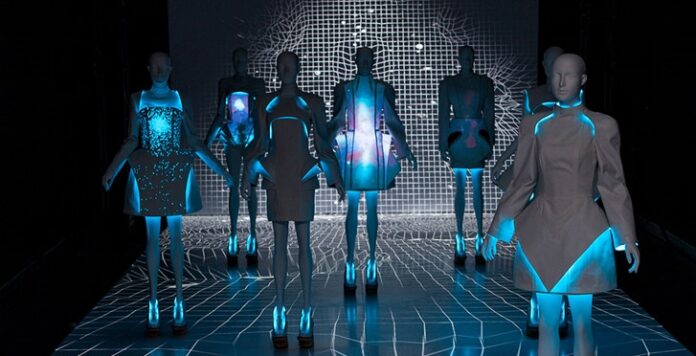The following article is attributed by Rashmi Chopra, Founder & CEO of DigiCloset
The fashion industry is undergoing a remarkable shift. What was once led purely by seasonal trends and human intuition is now being transformed by cutting-edge technologies—AI, digital twins, virtual fashion, and the metaverse. This convergence of fashion and technology, popularly referred to as Fash-Tech, is ushering in a future where clothing is not just worn but experienced across physical and digital spaces.
AI-powered personalization and immersive shopping in digital worlds, emerging startups are driving this change. These ventures are shaping a new fashion ecosystem—intelligent, inclusive, and innovative.
AI: The Digital Stylist of the Future
Artificial Intelligence is at the heart of modern fashion innovation. It powers personalized recommendations, trend forecasting, and smart inventory management. For consumers, this means tailored outfit suggestions, size predictions, and curated shopping experiences that adapt to individual preferences in real-time.
AI also plays a pivotal role in decoding fashion behavior—analyzing browsing patterns, color preferences, and even social media cues to suggest what a person is likely to wear next. This not only boosts engagement but reduces the waste caused by returns and overproduction, bringing the industry one step closer to sustainability.
Digital Twins: Revolutionizing Fit and Form
Imagine creating a virtual version of yourself—an exact replica that mirrors your body shape, posture, and movement. This is the promise of digital twin technology. For brands and designers, digital twins enable virtual prototyping, faster design iterations, and seamless remote collaboration. It eliminates guesswork and brings precision into the shopping experience. It also supports inclusivity by allowing fashion to adapt to all body types and personal styles, beyond traditional sizing systems.
Virtual Fashion: Wear What You Can’t Touch
Fashion is no longer confined to physical garments. Virtual fashion—clothing that exists only in digital form—is rapidly gaining ground. Designed for use in virtual spaces, social media, games, and digital avatars, these outfits allow people to express themselves creatively in environments where physical clothes are not needed.
Digital fashion pieces can be worn, styled, and shared online without leaving a carbon footprint. They’re also giving rise to a new creator economy, where designers can showcase collections, sell digital items, and reach global audiences without producing a single piece of fabric.
AR & VR: A New Dimension in Shopping
Augmented and Virtual Reality technologies are redefining how fashion is experienced. AR enables interactive try-ons through smartphone cameras, helping users see how garments, accessories, or makeup would look on them in real-time. It removes uncertainty and enhances confidence in online shopping.
VR, on the other hand, is transforming retail spaces into immersive environments. Users can now walk through virtual stores, attend 3D runway shows, or participate in fashion pop-ups, all from the comfort of their homes. These technologies are also empowering storytelling in fashion, where heritage, craftsmanship, and design inspiration come alive in compelling visual formats.
Customer Engagement: From Transactional to Transformational
Today’s Fash-Tech startups are reimagining customer engagement by leveraging behavioral data and emotional insights. Every interaction—from product discovery to post-purchase—is now being curated to feel personal and meaningful. This hyper-personalization enhances loyalty and turns casual shoppers into brand advocates.
Smart tools are being integrated into websites and mobile apps that analyze facial expressions, mood, and context to make fashion suggestions. Fashion becomes less about what’s trending and more about what feels right for each individual, in that exact moment.
The Metaverse: Fashion’s New Playground
The metaverse is becoming a vibrant space for fashion exploration. From virtual wardrobes and interactive styling to avatar customization and NFT ownership, fashion in the metaverse offers freedom beyond physical constraints. Here, identity is fluid, and style becomes a dynamic form of digital expression.
Fash-Tech ventures are developing immersive experiences where people can buy, trade, and showcase their virtual clothing in shared digital worlds. These spaces are not just about gaming—they’re the next frontier for fashion, community, and commerce.
Conclusion: The Future is Phygital
The fashion world is no longer limited to runways and retail stores. With the integration of AI, digital twins, virtual fashion, AR/VR, and the metaverse, we’re entering a phygital era—where physical and digital fashion coexist, influence each other, and evolve together.
Fash-Tech startups are not just riding this wave—they are architecting it. By merging data with design, and imagination with intelligence, they are reshaping how we wear, perceive, and connect with fashion.
In this bold new future, fashion isn’t just about what you put on your body. It’s about how it interacts with your world—real and virtual.












